The UK has an extensive network of long-established microlight flying schools full of passionate and highly experienced instructors. If you suspect the fun world of microlighting is for you, then identify a local school and book a trial lesson.
Certainly age is no barrier. I have had friends who are in their seventies learn, and children of friends who get their licence at 17.
The National Private Pilot’s Licence (NPPL) with a microlight class rating requires a minimum of 25 hours of flying training, 10 of which must be solo and you must complete two cross-country trips of 40nm. Medical fitness to fly is based on the DVLA Group 1 ordinary car standard and for most, there is no need for a medical – you self-certify online.
Like driving, there are a very limited number of medical conditions that will require follow-up, but there are very few that will actually prevent you from flying.
With lessons with an instructor costing from £100 per hour to perhaps £145 near London, a full course covering minimum 25-hour flight time with study material and examination fees will cost around £4,000. Everyone learns at a different pace and your progress will be influenced by your age, budget, family and work commitments and, of course, the great British weather.
As with all flying training, few students pass in the minimum hours and the majority of students will take perhaps 35-45 hours so a budget of around £5,000-£6,000 may be more realistic.
Principles of flight
Look to enjoy the training experience and try not set unrealistic deadlines. As well as passing a flying General Skills Test (GST) in the air with an examiner, you have to pass five multiple choice exams covering air law, principles of flight, meteorology, aircraft technical and navigation. It may seem daunting but I guarantee it will be an incredible experience and for many, learning to fly will remain one of the greatest achievements of their life.
Having achieved your dream, it’s time to buy or rent within a club. While the convenience of renting will suit some, if you fly regularly, it is generally far more cost-effective to own a microlight, either outright or with a group of like-minded enthusiasts in a syndicate. Again, you should carefully consider your needs. Do you want to tour extensively or are you happy flying around the local patch enjoying the views and maybe dropping in on local strips? Your level of ambition may develop as you gain experience but it’s good to have a clear starting point.
The new and used microlight markets have something for everyone with prices ranging from maybe £2,500 for an older airworthy flexwing such a Flash II Alpha to around £100,000 for a brand new high-performance, modern tourer like the aforementioned new 600kg Evektor SportStar SLM with a fuel injected 100hp Rotax 912iS engine.
There is a huge choice in between in both the new and second-hand markets with some excellent UK manufacturers like Flylight with their very popular SkyRanger range and flexwings and Ascent who have sold 130 of their wonderful Eurofox aircraft. Most manufacturers also offer the option of self-building a microlight from a kit.
Afors.com has daily listings of used microlights for sale and the majority of modern, second-hand fixed or flexwings in good condition range from £8k to £40k.
Joint ownership is very common to split both the purchase and ongoing costs. While there is no limit to the size of the group, four to six is probably the most popular representing a good compromise between shared costs and aircraft availability. Besides sharing costs, groups pull together differing skills and most importantly, offer fantastic camaraderie as you set off on exotic flying adventures.
Microlights are powered by modern, reliable engines and have an excellent safety record.


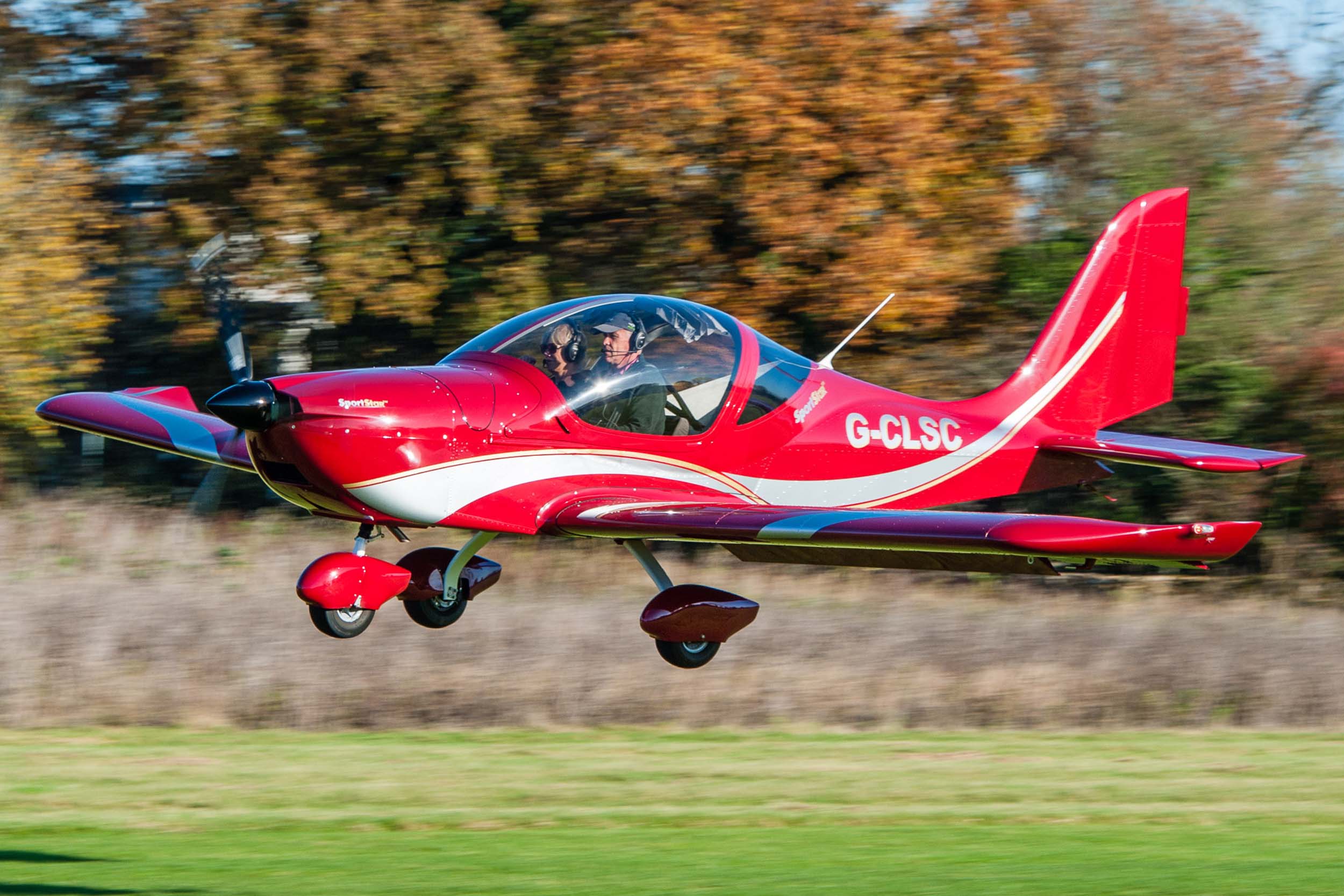
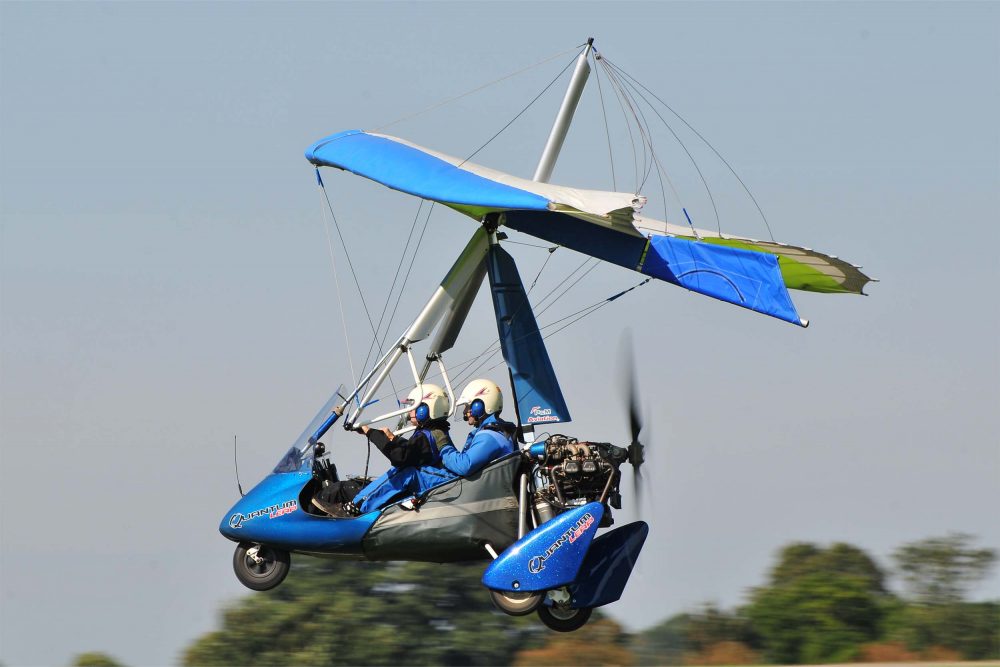
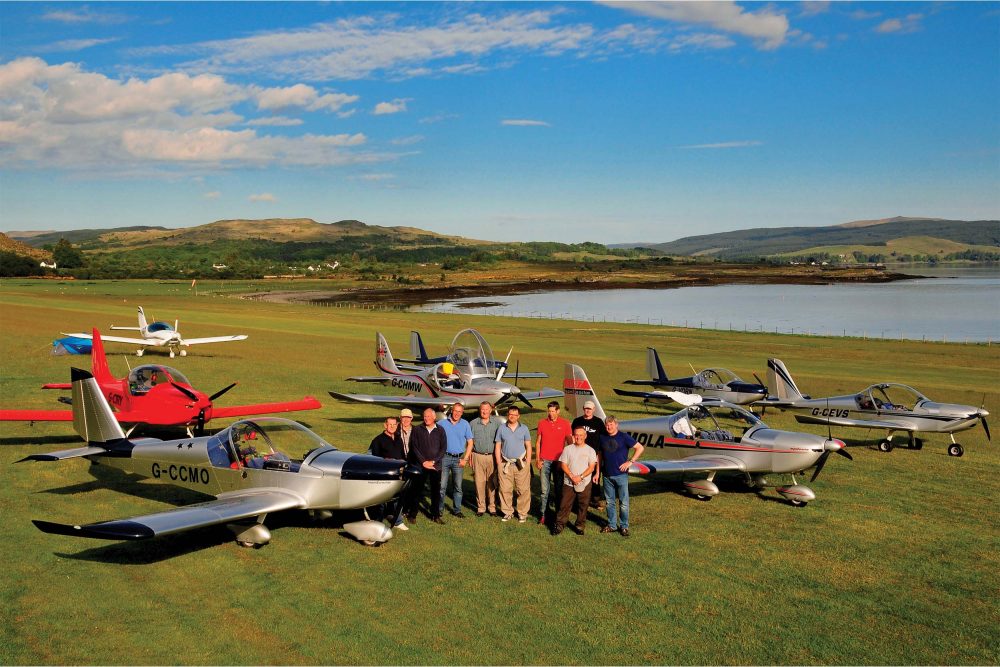

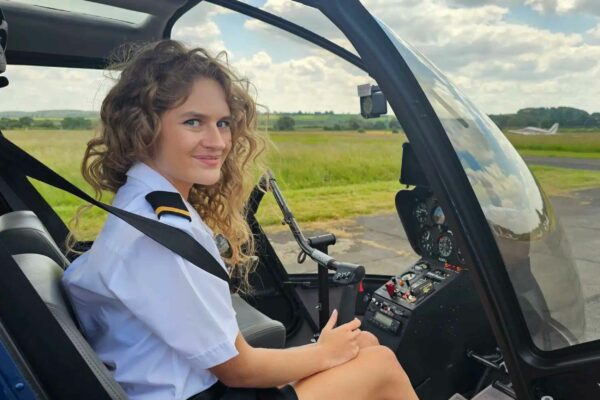
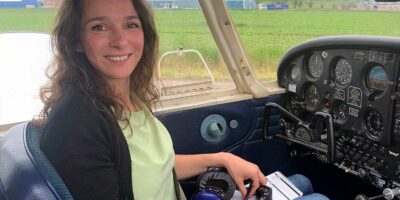
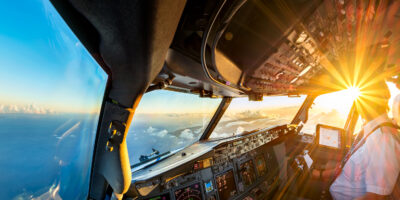
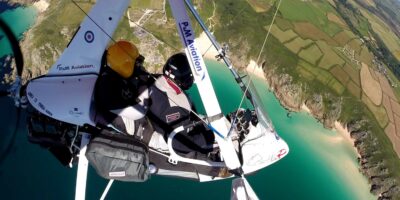

1 comment
Paul Kiddell “There are at least 1,500 landing sites available to microlights in the UK with new grass strips coming online all the time.” where is this list online please Paul?